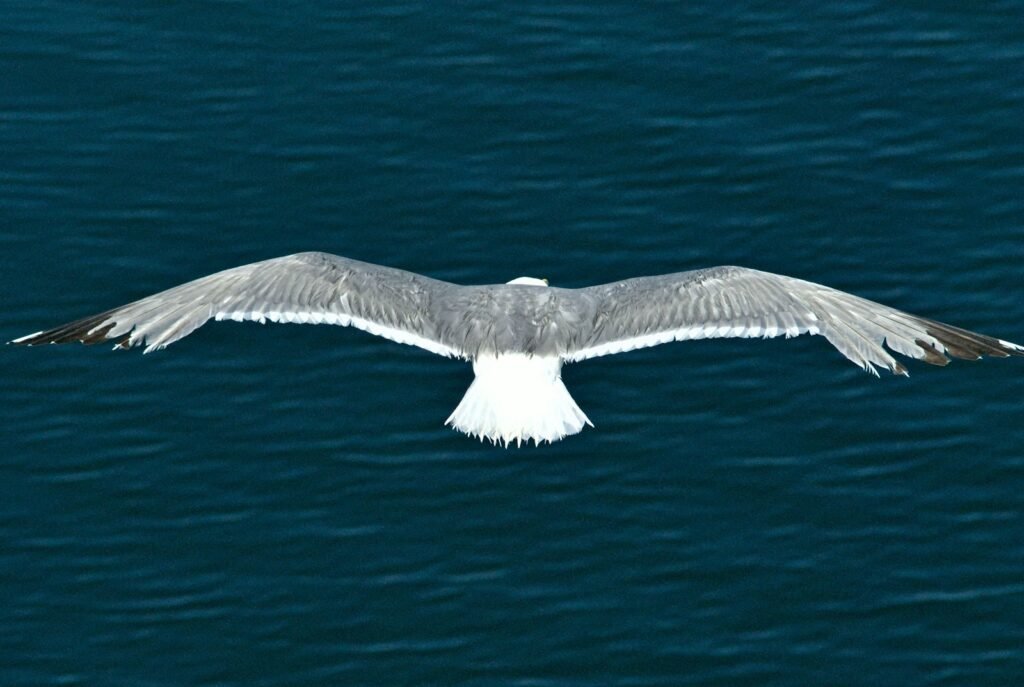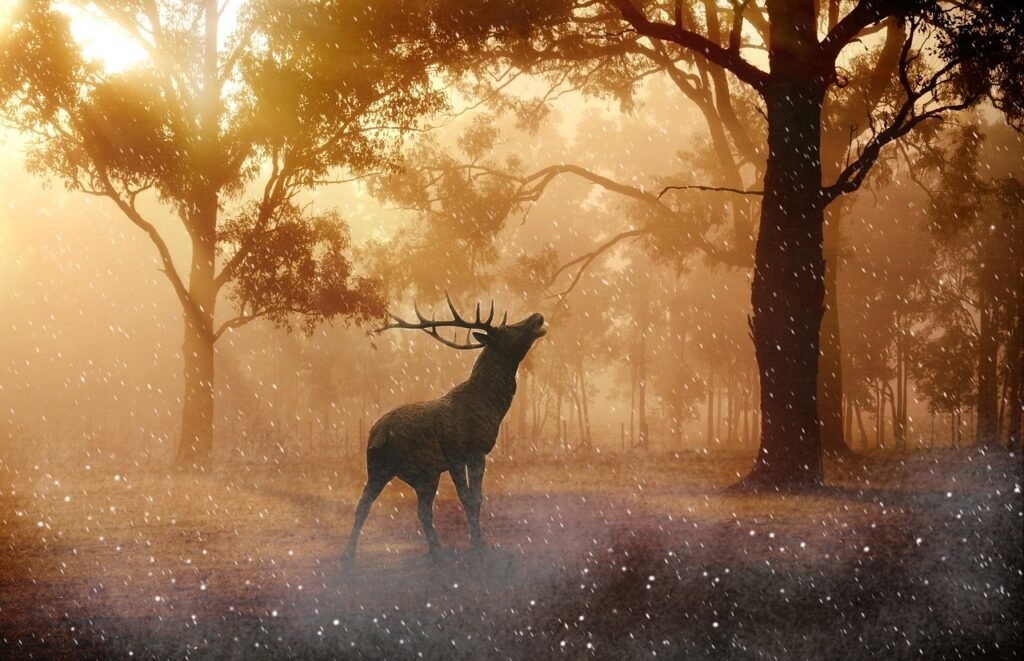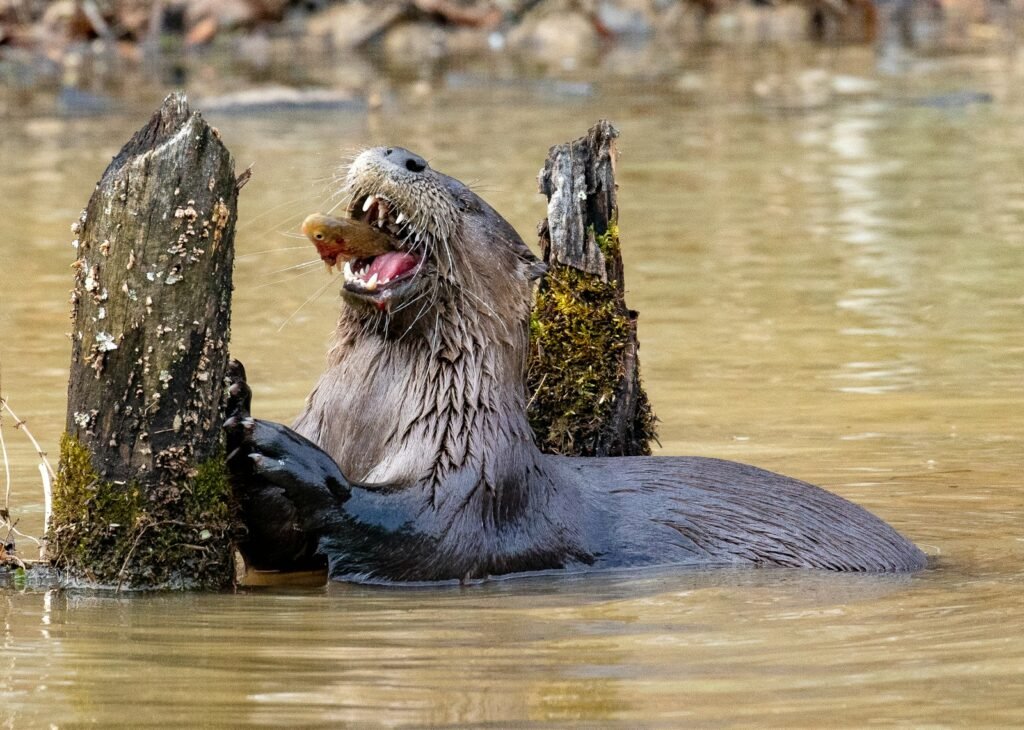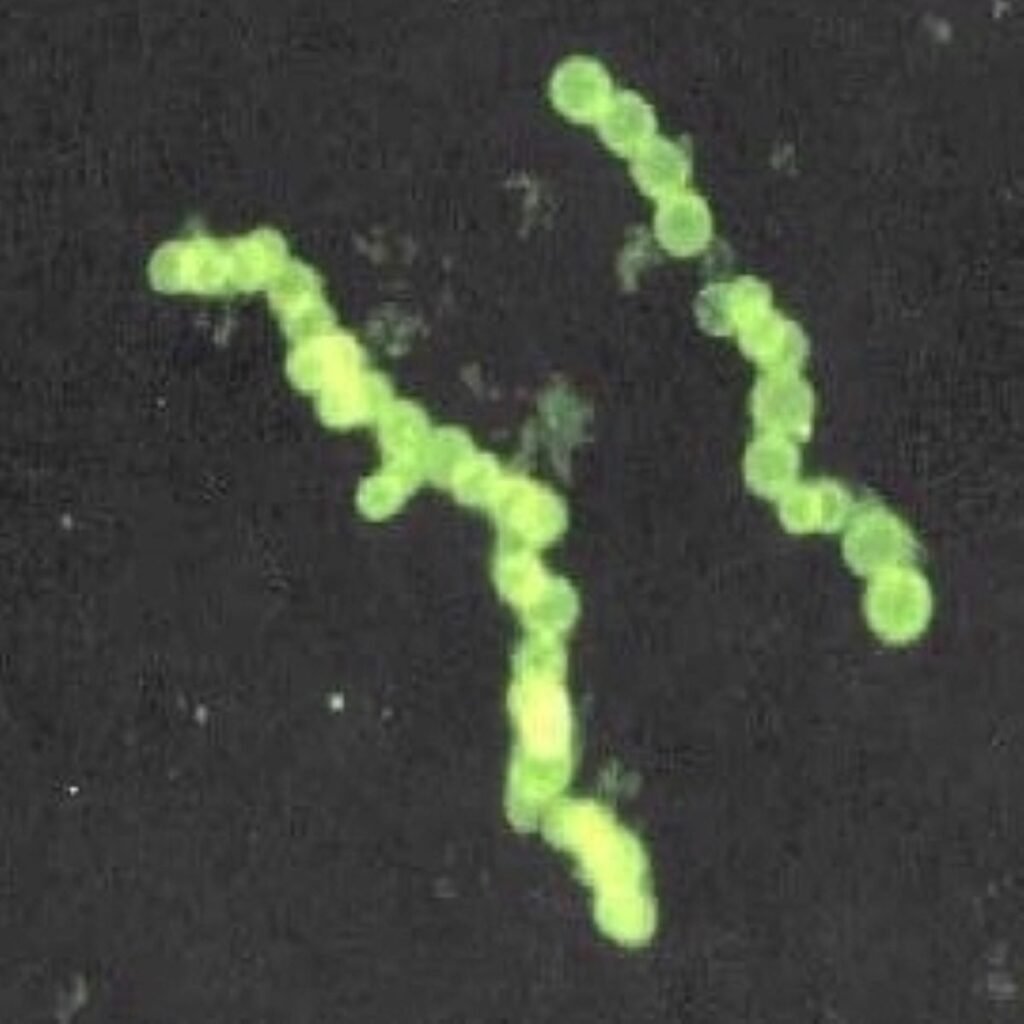Scientists are dusting off an old idea – fire, air, earth, water – to ask a fresh question about wildlife: what elemental conditions does a species truly master? It’s not mysticism; it’s a practical shorthand for how bodies solve problems like heat, drag, lift, and pressure in a changing world. As heat waves, mega-droughts, and abrupt storms redraw maps, this lens helps predict which animals will hang on and which might falter. Field biologists now pair satellite data with tiny sensors and decades of natural history to trace these elemental signatures across continents. The result is a surprising, sometimes unsettling, picture of animal resilience and risk.
The Hidden Clues

What if the four elements are less about horoscope vibes and more about survival code written into muscle, bone, and behavior? Ecologists read those clues in wing shapes, fur thickness, lung capacity, and even the chemistry of blood pigments that hoard oxygen. High-speed tags map flight paths, thermal cameras reveal heat budgets, and environmental DNA traces who crossed a river last night. When those measurements line up, species fall into distinct elemental strategies – heat tacticians, lift specialists, ground engineers, and masters of pressure and flow.
The categories overlap, of course, but the patterns are strong enough to forecast winners and losers as the climate swings. That’s the quiet revolution under way in field stations and lab benches right now.
Fire: Life Built for Heat and Flux

In burn scars that look lifeless, black-backed woodpeckers move in like first responders, drilling into char for beetle larvae that burst after fires and turning catastrophe into a buffet. Heat-sensing jewel beetles, equipped with infrared detectors on their bodies, can home in on wildfire plumes from astonishing distances, racing to lay eggs in still-warm bark. In deserts, sidewinder rattlesnakes write their own physics by lifting parts of their bodies to slip over scorching sand, reducing contact like a dancer on hot coals. Even the Namib’s silver ants dash at midday when predators hide, their reflective hairs kicking back solar radiation as if wearing tiny mirrors.
Reports from Australia describe raptors that may spread flames by dropping smoldering twigs, a controversial behavior still under investigation but emblematic of opportunism at the fire line. On a summer field trip in Montana, hearing the steady tap of a woodpecker on charred trunks, I realized how quickly fire-adapted life reclaims the blackened stage.
Air: Masters of Lift and Distance

Some animals all but move into the sky, trading gravity for endurance and a storm map in their heads. Alpine swifts have stunned researchers by remaining airborne for weeks to months, banking on tailwinds and exploiting updrafts like living gliders. Bar-headed geese cross Himalayan passes at altitudes where oxygen thins to a whisper, thanks to hemoglobin tuned for high-altitude pull and flight muscles that sip fuel efficiently.
Ocean wanderers such as frigatebirds barely touch water, riding thermals and shear layers to stay aloft while dozing in short bursts. Even dragonflies stitch continents together, migrating across oceans with an economy of motion that engineers still envy. Wing loading, aspect ratio, and feather microstructure aren’t dry terms here; they are the sky’s grammar written into bone and keratin.
Earth: Engineers of Weight and Patience

Ground specialists treat soil and stone as both shelter and tool, shaping landscapes in slow motion. Termite mounds function like living lungs, with cathedral vents that breathe in sync with shifting winds and temperatures to cool crowded colonies. Naked mole-rats thrive beneath the surface on scant oxygen, dialing down metabolism and sharing tunnel air like a cooperative life-support system. Elephants, the heavyweight designers of savannas, push over trees, open paths to water, and spread seeds that knit habitats together after storms or burns.
In Australia, a wombat burrow can become a refuge during bushfires, a subterranean safe room where heat and smoke are blunted by earth. These animals remind us that survival sometimes means building the room you can endure in – and knowing when to stay put.
Water: Athletes of Drag and Pressure

Life aligned with water is a masterclass in solving the physics of resistance and depth. Weddell seals dive under Antarctic ice for long, cold minutes, slowing heartbeats and marshalling oxygen-rich myoglobin like a bank account they draw down carefully. Sailfish and tunas slice through drag with torpedo bodies and retractable fins, converting muscle power into clean, laminar speed. Octopuses reinvent themselves by the second, shifting color and texture via skin cells that talk directly to light, while their flexible bodies pour through cracks smaller than a fist.
River dolphins navigate cluttered channels with sonar maps that refresh constantly, a living radar tuned to turbid worlds we barely see. As oceans warm and fresh waters lose oxygen, these masters face new math, but their toolkits – pressure control, streamlined bodies, sensory superpowers – offer a blueprint for adaptation.
Why It Matters

Thinking in elements reframes conservation from a species-by-species scramble to a trait-based strategy that scales. Fire specialists may expand in regions where burns grow larger and more frequent, while earth engineers could buffer heat waves by maintaining refuges below ground. Air experts depend on intact wind highways and dark night skies, so careless light and turbine placement can turn the sky itself into a hazard. Water athletes collide with warming, deoxygenated seas and altered river flows, pressures that push some toward the edge even as others – like warm-tolerant fish – advance.
Compared with classic range maps that lag behind reality, trait maps tied to elements can update quickly as conditions change, offering a faster way to deploy help. That speed matters when a bad season, not a bad decade, decides a population’s fate.
The Future Landscape

Biologging is going small and smart, with multi-sensor tags that track heat, heart rate, depth, and turbulence, then beam back real-time risk signals to satellites. AI systems are already combing those streams to flag anomalies – a goose climbing above safe oxygen lines, a seal diving deeper as prey shifts, a woodpecker abandoning a burn earlier than expected. Drone swarms can map fresh fire scars in hours, while environmental DNA pulled from air and water sketches who is present without a single snare or net. The next leap is trait-aware forecasting that merges climate models with elemental profiles to produce neighborhood-level maps of likely winners and losers.
Globally, that could steer protected areas, guide prescribed burns that mimic natural rhythms, and set turbine corridors that spare vital flyways. The challenge is equity – getting these tools to rangers, communities, and researchers everywhere, not only to well-funded labs.
Conclusion

Start local and elemental: protect a patch of ground cover that shelters soil engineers, reduce outdoor lights during migration peaks, and support land managers using prescribed fire where it restores balance. Back projects that reconnect rivers and floodplains so water specialists can reach cooler refuges as seasons swing. Look for seafood programs that reward low-impact fisheries, and choose nature-positive products that leave more habitat standing than they take. Join a bird count, a community camera-trap project, or a stream survey; those data points help build the trait maps that guide smarter decisions.
Ask your city to plant native trees that cool streets and feed pollinators, then leave some leaf litter for the small earthbuilders below. Most of all, share the story: once you see animals as fire tacticians, sky pilots, ground engineers, and fluid athletes, the living world stops being background – and starts feeling like a plan worth defending.

Suhail Ahmed is a passionate digital professional and nature enthusiast with over 8 years of experience in content strategy, SEO, web development, and digital operations. Alongside his freelance journey, Suhail actively contributes to nature and wildlife platforms like Discover Wildlife, where he channels his curiosity for the planet into engaging, educational storytelling.
With a strong background in managing digital ecosystems — from ecommerce stores and WordPress websites to social media and automation — Suhail merges technical precision with creative insight. His content reflects a rare balance: SEO-friendly yet deeply human, data-informed yet emotionally resonant.
Driven by a love for discovery and storytelling, Suhail believes in using digital platforms to amplify causes that matter — especially those protecting Earth’s biodiversity and inspiring sustainable living. Whether he’s managing online projects or crafting wildlife content, his goal remains the same: to inform, inspire, and leave a positive digital footprint.




